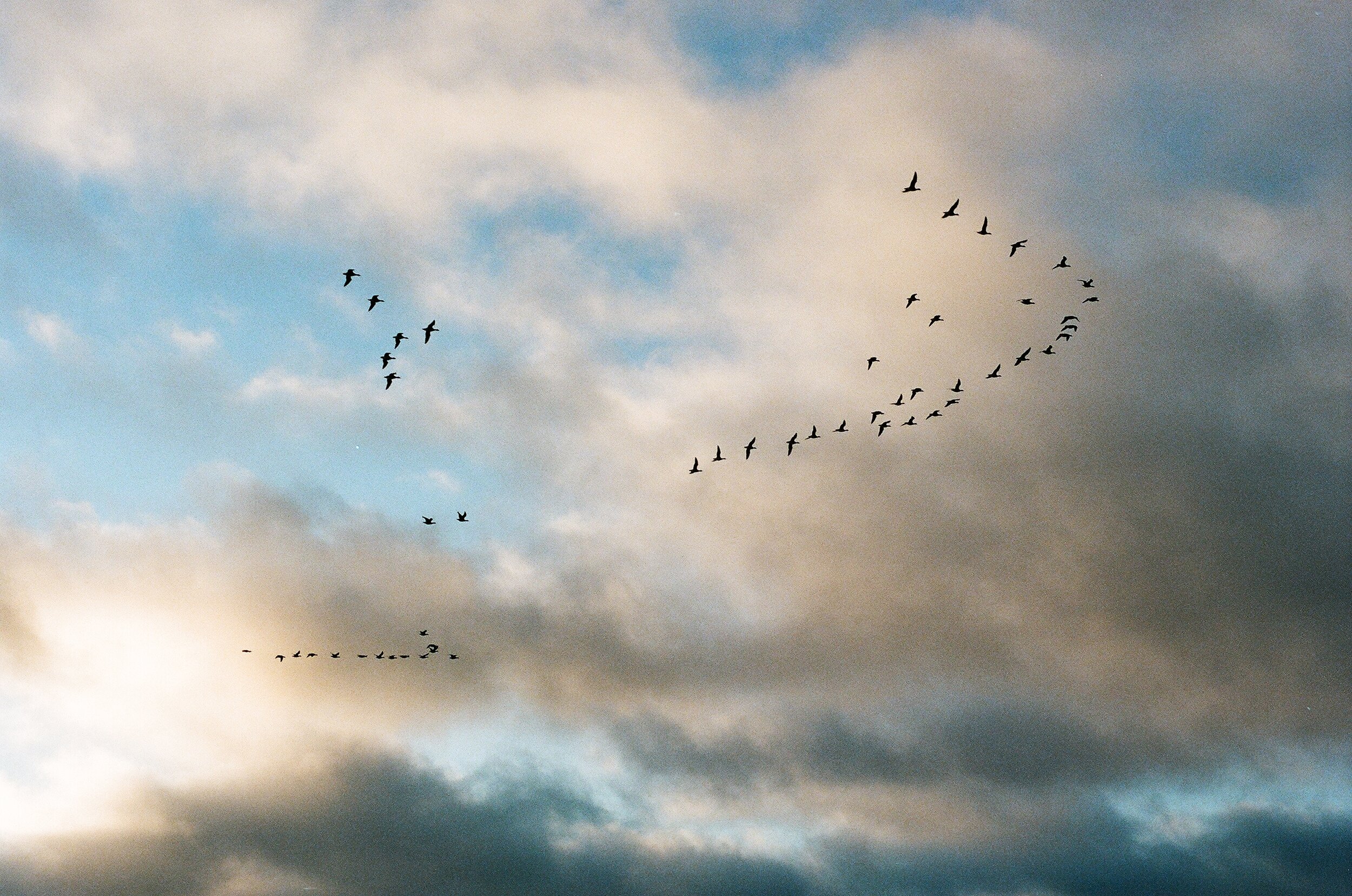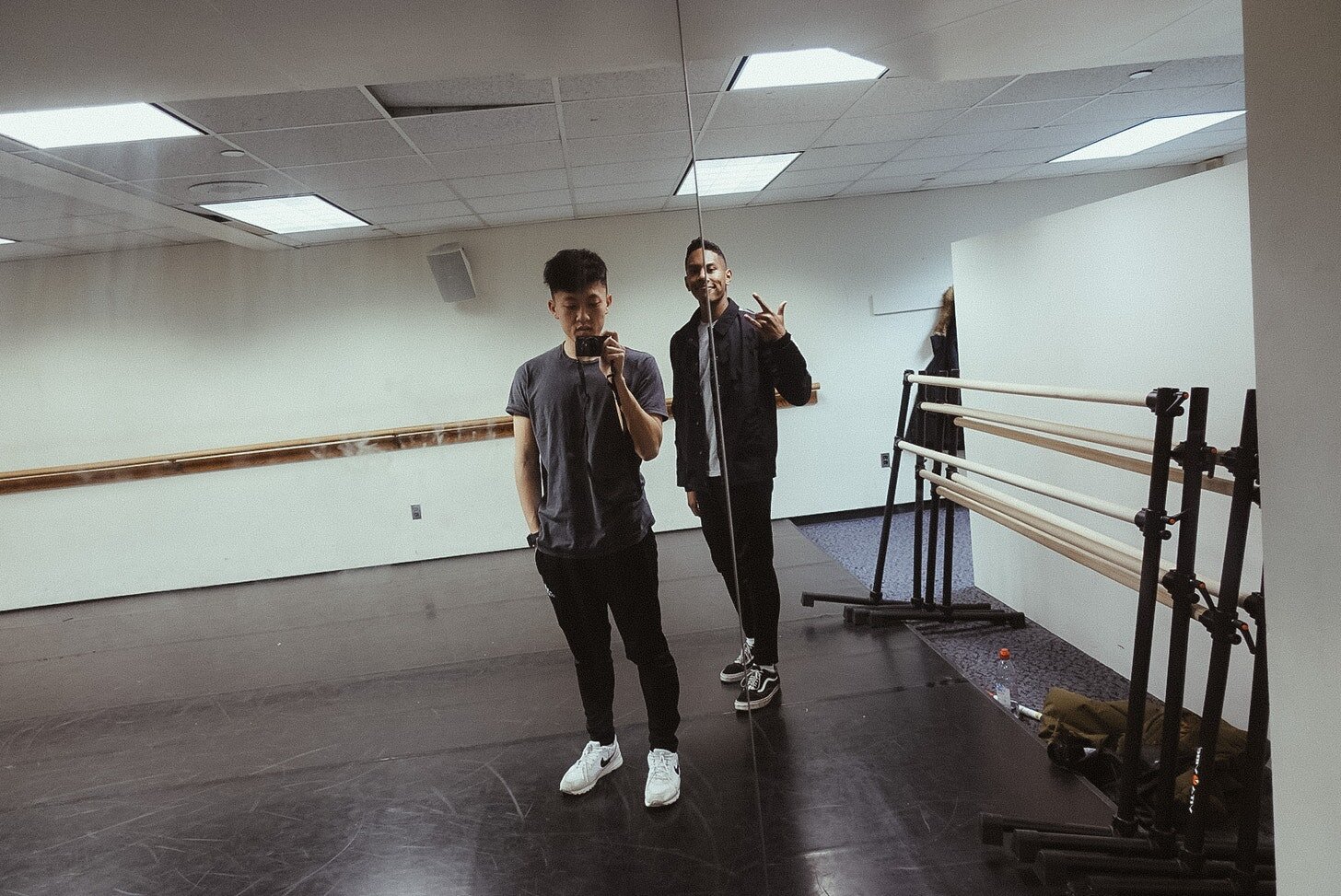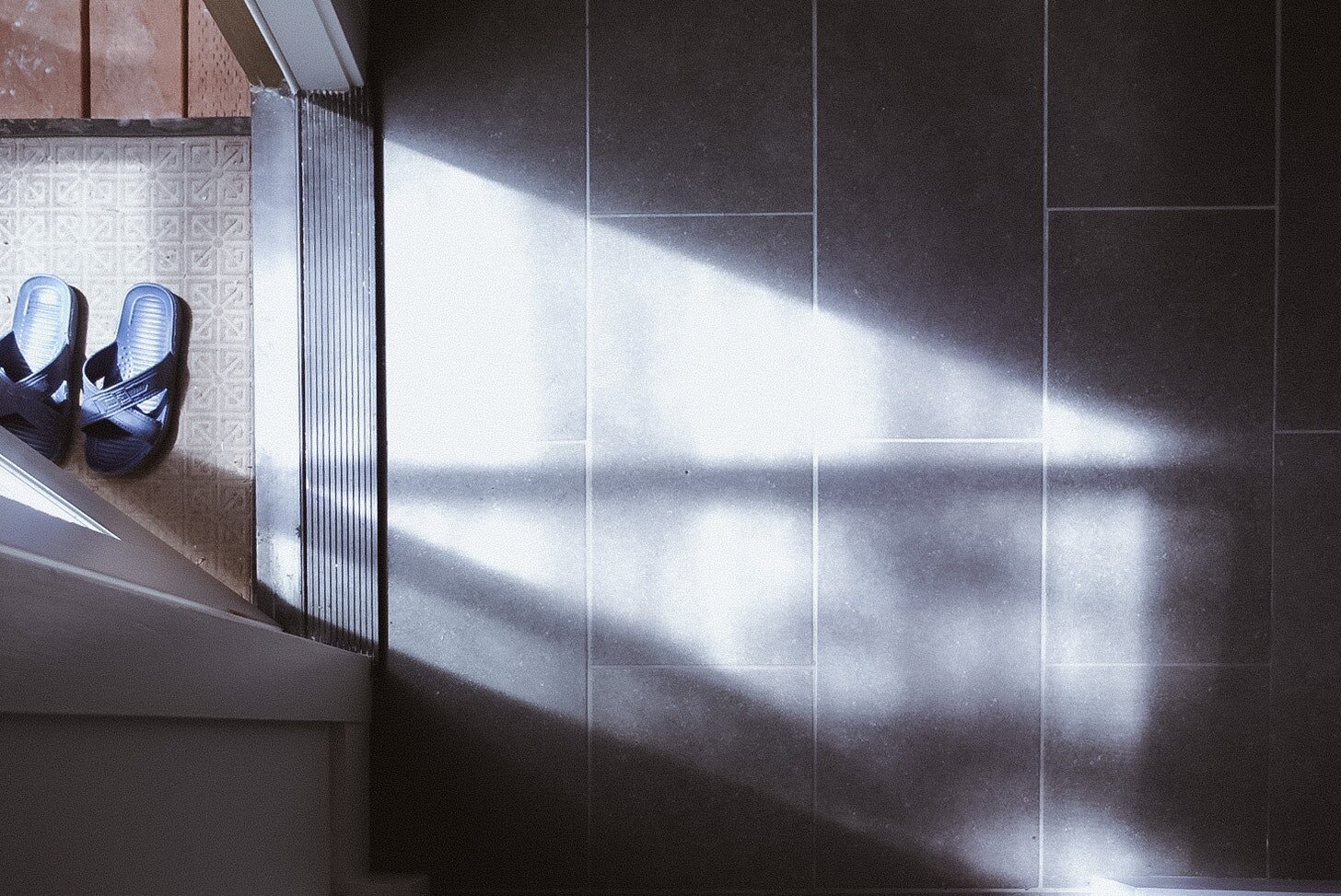bluprint
a collection of letters on photography & life by Brandon Lu

Negative Space

In Pursuit of Wholeheartedness

Pouring Hearts

Nostalgia beyond Memories

Reframing Gratitude

Toward Disorder

Recess

Finding Center

Listening & Learning

Saturday Baos
